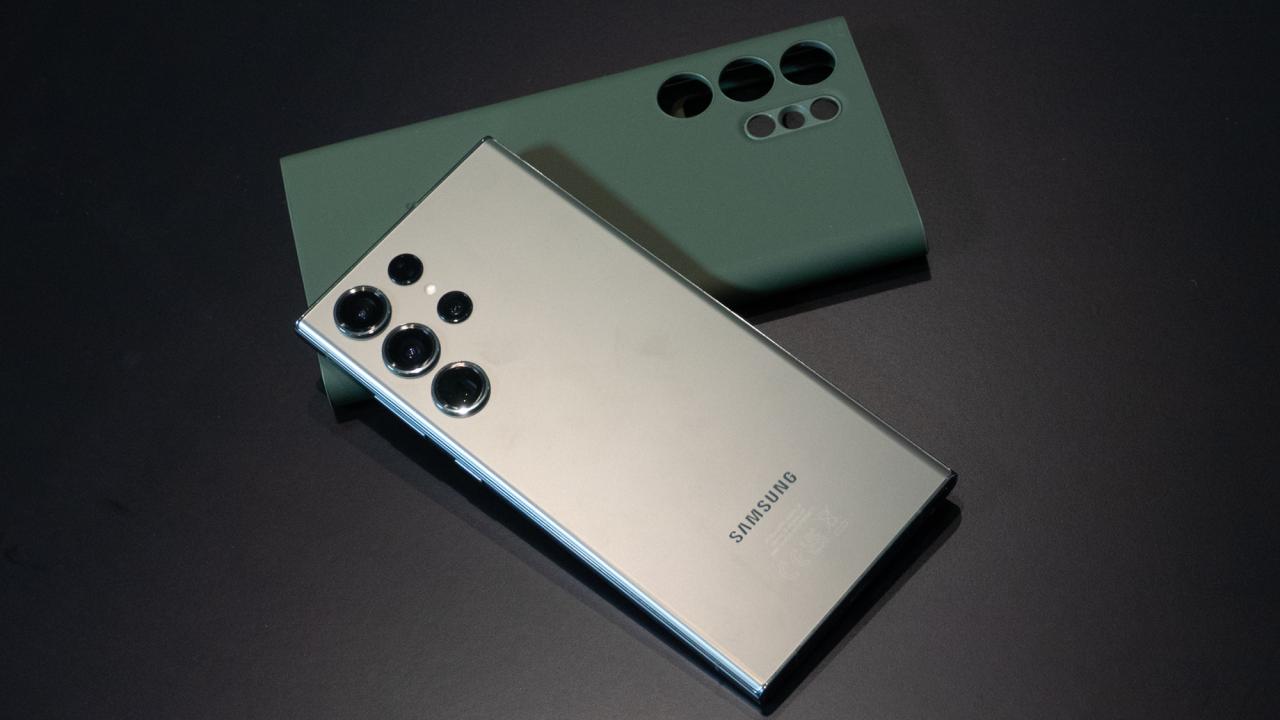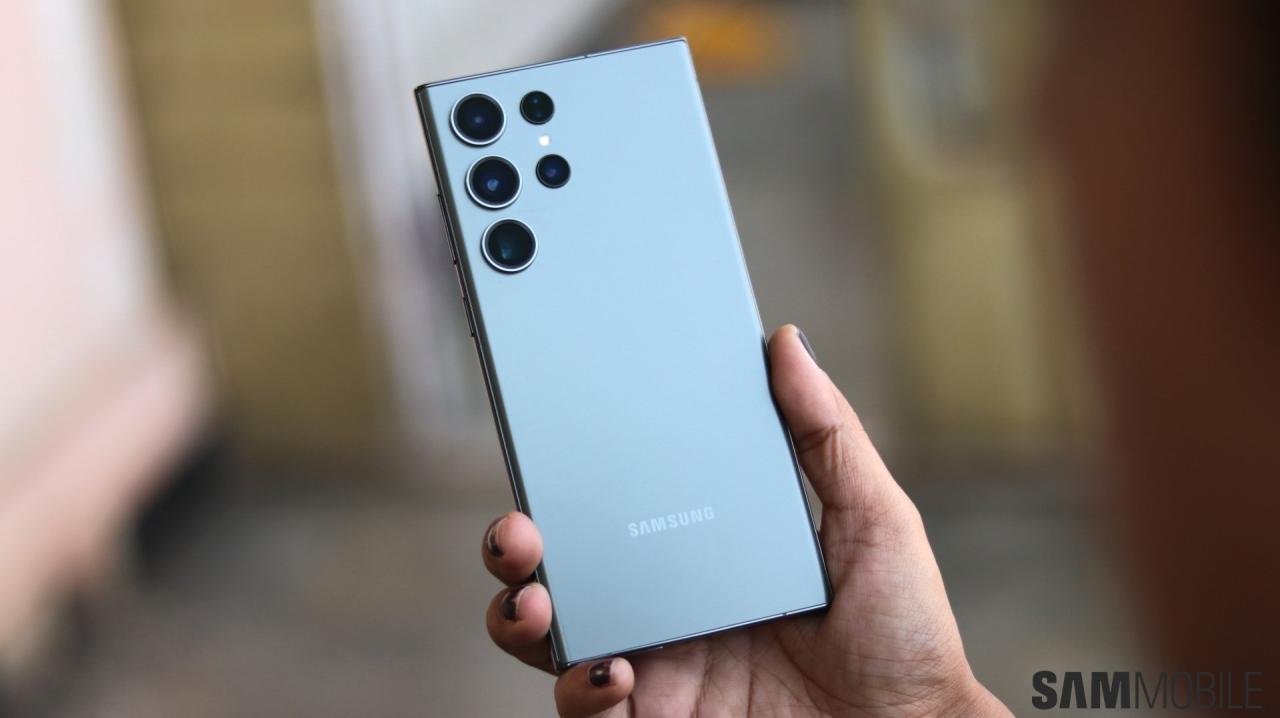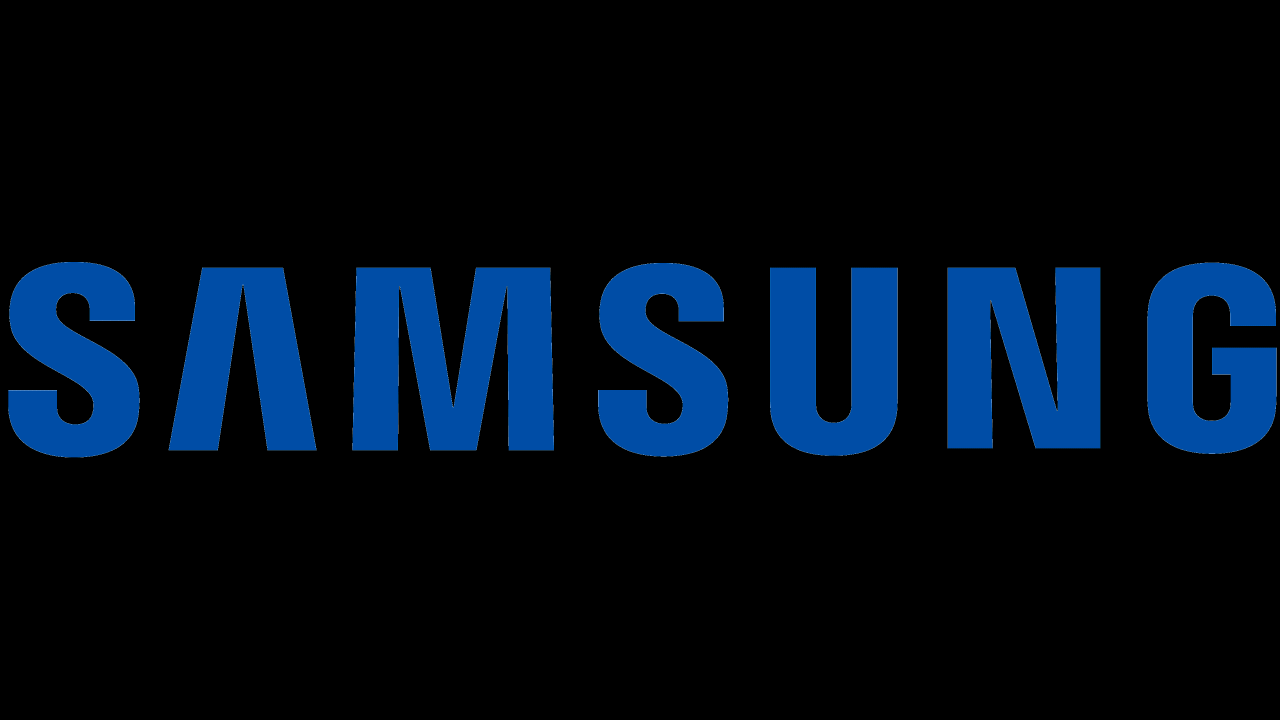samsung galaxy s ii marks a pivotal moment in smartphone history, introducing a blend of cutting-edge technology and sleek design that set new standards for mobile devices. Released in 2011, this flagship model from Samsung redefined user expectations with its impressive specifications and user-friendly interface, making it a beloved choice among tech enthusiasts and casual users alike.
With features like a vibrant Super AMOLED display, an advanced dual-core processor, and an impressive camera, the Samsung Galaxy S II was not just a smartphone; it was a lifestyle accessory that catered to the demands of modern life. Its lightweight design combined with robust performance made it a standout, influencing future smartphone designs and solidifying Samsung’s position in the competitive mobile market.
Overview of Samsung Galaxy S II

The Samsung Galaxy S II, released in April 2011, marked a significant milestone in the evolution of smartphones, showcasing a perfect blend of innovative technology and stylish design. With its powerful hardware and user-friendly interface, the Galaxy S II quickly gained popularity, becoming one of the best-selling smartphones of its time. The phone features a 4.3-inch Super AMOLED Plus display, a dual-core 1.2 GHz processor, and an 8-megapixel rear camera, setting new standards in the mobile phone industry.
The design of the Samsung Galaxy S II reflects a modern aesthetic with a sleek and lightweight body, measuring just 8.49 mm thick and weighing 116 grams. Constructed from high-quality plastic with a glossy finish, it offers a premium feel while remaining highly portable. The device is available in various colors, appealing to a wide range of users. Its curved edges and minimalist front panel enhance its visual appeal, allowing users to enjoy an immersive visual experience.
Technological Advancements Compared to Its Predecessor
The Samsung Galaxy S II introduced several technological advancements that distinguished it from its predecessor, the original Galaxy S. The improvements contribute to enhanced performance and user experience.
- Processor and Performance: Equipped with a dual-core 1.2 GHz Cortex-A9 processor and ARM Mali-400MP GPU, the Galaxy S II significantly improved multitasking and graphics performance, providing a smoother user experience compared to the single-core processor of the Galaxy S.
- Display Technology: The Galaxy S II features a Super AMOLED Plus display, which offers better color reproduction and viewing angles than the original Super AMOLED screen, ensuring vibrant visuals for users.
- Camera Capabilities: With an 8-megapixel rear camera and a 2-megapixel front-facing camera, the Galaxy S II outperformed the original model, supporting features such as 1080p video recording, which greatly enhanced photography and videography options for users.
- Operating System: Launched with Android 2.3 (Gingerbread), the Galaxy S II was one of the first smartphones to provide an enhanced user interface and improved performance, paving the way for future updates that kept the device relevant in a fast-evolving market.
- Connectivity Features: The device supported HSPA+ for faster data speeds and incorporated the latest Wi-Fi standards, enabling quicker internet browsing and seamless connectivity.
The Samsung Galaxy S II not only set new benchmarks in smartphone technology but also influenced the design and functionality of future devices with its innovative features.
Features and Specifications

The Samsung Galaxy S II is a remarkable smartphone that made waves in the mobile industry upon its release. With its sleek design and cutting-edge technology, it set a new standard for what users could expect from a smartphone. This section delves into the key features and specifications that define the Galaxy S II, highlighting its display, camera capabilities, battery life, and hardware specifications.
Main Display Features
The display of the Samsung Galaxy S II is one of its most impressive features, showcasing advanced technology that enhances user experience. The phone is equipped with a 4.3-inch Super AMOLED Plus display, which provides vibrant colors and deep blacks. The high resolution of 800 x 480 pixels delivers sharp images and crisp text, perfect for media consumption and gaming.
Camera Capabilities, Samsung galaxy s ii
The camera system is another standout feature of the Galaxy S II, offering high-quality photography and video capabilities. The device boasts an 8-megapixel rear camera with LED flash, capable of capturing stunning photos and 1080p Full HD video at 30 frames per second. Additionally, the front-facing camera is 2 megapixels, making it ideal for video calls and selfies.
Battery Life
Battery performance is a critical aspect for any smartphone user, and the Galaxy S II does not disappoint. It is powered by a 1650 mAh battery, which provides adequate longevity for everyday use. Users can expect up to 18 hours of talk time and approximately 610 hours on standby, ensuring that the device can keep up with a busy lifestyle.
Hardware Specifications
The hardware specifications of the Samsung Galaxy S II contribute significantly to its performance. It features a dual-core 1.2 GHz ARM Cortex-A9 processor, which allows for smooth multitasking and efficient performance in various applications. The device comes with 1 GB of RAM and offers two storage options: 16 GB and 32 GB, both expandable via a microSD card slot, accommodating users’ needs for storage flexibility.
Software Features Comparison
When comparing the software features of the Galaxy S II with other smartphones released in the same era, it is essential to note its impressive capabilities. Running on Android 2.3 (Gingerbread) at launch, the Galaxy S II provides a user-friendly interface and access to numerous apps via the Google Play Store.
In contrast to devices like the HTC Sensation and Motorola Atrix, which were also released around the same time, the Galaxy S II stood out due to its TouchWiz user interface, which offered enhanced customizability and functionality. Features such as Samsung’s Smart Stay and motion controls added to the Galaxy S II’s appeal, setting it apart in a competitive market.
“Samsung Galaxy S II set a benchmark in smartphone technology with its impressive display, camera quality, and robust hardware.”
User Experience

The user experience of the Samsung Galaxy S II stands out due to its intuitive interface and the overall performance of the device. With Samsung’s TouchWiz UI layered over Android, users were greeted with a visually appealing and responsive environment. The Galaxy S II was designed to enhance ease of use, allowing users to navigate seamlessly between applications, perform multitasking, and customize their home screens to fit personal preferences.
The TouchWiz interface, known for its vibrant colors and widgets, contributed significantly to the user experience. It allowed users to personalize their devices with various widgets that displayed real-time information, enhancing usability. The responsiveness of the touchscreen was praised, as it facilitated swift navigation and interaction with apps. Additionally, the device’s ability to run multiple applications simultaneously without lag was a significant selling point, making it a favorite among tech-savvy users.
User Testimonials and Reviews
User feedback on the Samsung Galaxy S II highlights its excellent performance and user-friendly interface. Many users have expressed their satisfaction with the device’s speed and responsiveness, especially during gaming and multitasking. Here are some notable testimonials:
-
“The Galaxy S II changed the way I use my phone. The interface is so intuitive, and the speed is unmatched. I can easily switch between apps without any slowdowns!”
-
“I love the customization options available. I can set up my home screen exactly how I want it, and the performance has been fantastic!”
-
“The camera quality is superb, and it captures stunning images even in low light conditions. Overall, a fantastic device!”
These testimonials reflect a broad consensus among users regarding the Galaxy S II’s capabilities, particularly in terms of speed, usability, and camera performance.
Common Issues and Solutions
Despite its many strengths, some users have encountered issues with the Samsung Galaxy S II. These common complaints often revolve around battery life, software updates, and occasional lag in performance over time. Understanding these problems and their possible solutions can enhance user satisfaction.
- Battery Life: Users have noted that battery life could diminish significantly after prolonged use. To address this, users are advised to disable unnecessary background apps and reduce screen brightness to extend battery life.
- Software Updates: Some users experienced delays in receiving software updates. It is recommended to manually check for updates regularly or consider using Samsung’s Smart Switch software for easier management of device updates.
- Performance Lag: Over time, users reported slower performance. Clearing cache regularly and uninstalling unused apps can help maintain the device’s speed and fluidity.
By addressing these common issues proactively, users can significantly enhance their overall experience with the Samsung Galaxy S II, ensuring it remains a reliable and efficient device for years to come.
Legacy and Impact: Samsung Galaxy S Ii
The Samsung Galaxy S II has left an indelible mark on the smartphone landscape since its debut in 2011. Its combination of innovative features, sleek design, and exceptional performance not only captivated consumers but also set new standards for the industry. The ripple effects of its release can still be felt today, influencing both Samsung’s evolution and the broader smartphone market.
The impact of the Galaxy S II extended beyond its immediate success. It played a pivotal role in shaping the future of the Galaxy series and solidifying Samsung’s position as a leader in the smartphone sector. The device’s introduction of a dual-core processor and a high-quality Super AMOLED display redefined user expectations regarding speed and visual quality in smartphones. These advancements pushed competitors to innovate further, resulting in a rapid evolution of mobile technology.
Evolution of Samsung Galaxy Series
The Galaxy S II served as a cornerstone for the subsequent series of Samsung devices, establishing a framework that would guide future innovations. Its success laid the groundwork for the Galaxy S III, which built on its predecessor’s strengths while introducing enhancements in processing power and camera capabilities. Following this pattern, the Galaxy S IV and later models continued to refine design aesthetics and user experience.
Key milestones in the evolution of the Samsung Galaxy series include:
- 2012: Launch of Galaxy S III, featuring a more powerful processor and improved camera technology.
- 2013: Introduction of Galaxy S4 with advanced features like Smart Scroll and Air Gesture, enhancing user interaction.
- 2014: Release of Galaxy S5, which focused on health tracking and water resistance, catering to evolving consumer needs.
- 2015: Galaxy S6 introduced a premium metal and glass design, shifting focus towards aesthetics and premium feel.
- 2016: Galaxy S7 featured dual pixel technology for superior photography, emphasizing camera innovation.
The Galaxy S II’s influence is evident not just in Samsung’s subsequent models but also in the broader smartphone market, where other manufacturers began adopting similar design principles and hardware specifications. The smartphone industry saw an increase in emphasis on high-resolution displays and multi-core processors, fundamentally changing the landscape of mobile technology.
Timeline of Key Events Related to Samsung Galaxy S II
The following timeline highlights significant events related to the Galaxy S II, reflecting its impact on both the market and Samsung’s trajectory:
| Year | Event |
|---|---|
| 2011 | Galaxy S II launched globally, receiving critical acclaim for its performance and design. |
| 2012 | Galaxy S II becomes one of the best-selling smartphones of its time, surpassing 40 million units sold. |
| 2013 | Samsung announces the Galaxy S III, highlighting the success of its predecessor. |
| 2014 | Galaxy S II is phased out but is still recognized for setting the benchmark for future smartphones. |
| 2017 | Legacy of Galaxy S II celebrated as Samsung launches the Galaxy S8, showcasing advancements achieved since S II. |
The Galaxy S II’s contributions to the smartphone industry cannot be understated. Its legacy is reflected in the continued evolution of the Galaxy lineup and the overall direction of mobile device innovation.
FAQs
When was the samsung galaxy s ii released?
The samsung galaxy s ii was released in April 2011.
What is the display size of the samsung galaxy s ii?
The display size of the samsung galaxy s ii is 4.3 inches.
Does the samsung galaxy s ii support expandable storage?
Yes, the samsung galaxy s ii supports microSD cards for expandable storage.
What operating system does the samsung galaxy s ii run?
The samsung galaxy s ii originally ran on Android 2.3 Gingerbread but is upgradable to later versions.
What camera features does the samsung galaxy s ii have?
The samsung galaxy s ii features an 8 MP rear camera with autofocus and a 2 MP front camera.
The Samsung Note7 was a significant release in the smartphone market, known for its innovative features and stunning design. However, it faced numerous challenges related to battery safety, which ultimately overshadowed its technological advancements. Despite its troubled history, the Note7 remains a pivotal moment in Samsung’s evolution, prompting improvements in future devices.
As the tech world eagerly anticipates the latest models, the promotion iPhone offers an enticing opportunity for consumers looking to upgrade. With competitive pricing and attractive bundles, these promotions highlight the brand’s commitment to making top-tier technology accessible. It’s a perfect time for anyone considering a switch to the iconic iPhone lineup.